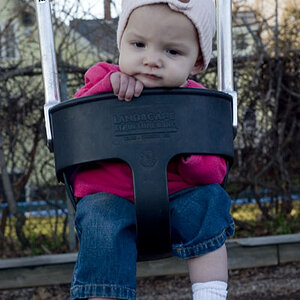I just acquired a couple old, old portraits of my ancestors. I "think" they are what is/was called hand-tinted or hand-colored portraits. I assume there is a b/w photograph underneath and color was added.
Does anyone know when this method became popular? How long did it last? Is there a site devoted to the history of early photgraphy?
thanks
Does anyone know when this method became popular? How long did it last? Is there a site devoted to the history of early photgraphy?
thanks





![[No title]](/data/xfmg/thumbnail/38/38737-350089c7ae87f5c983c5362b9b78b671.jpg?1619738703)


![[No title]](/data/xfmg/thumbnail/38/38739-1ad36a46750bafbe805f009b4453e8be.jpg?1619738703)

![[No title]](/data/xfmg/thumbnail/41/41818-fb8293ceb208cab396fce9a587bbe37b.jpg?1619739903)



![[No title]](/data/xfmg/thumbnail/31/31011-439c1242fe08cf6b54f32bf06523a567.jpg?1619734567)